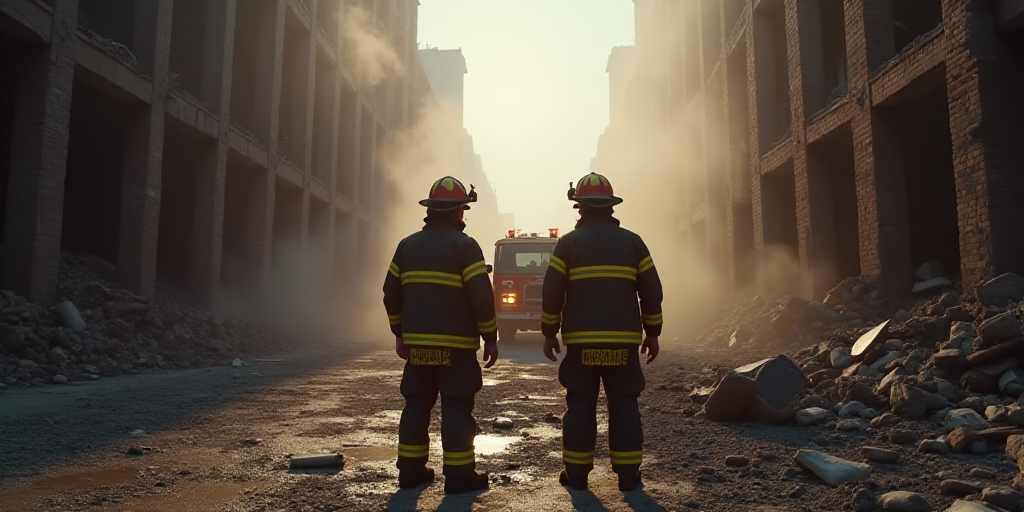A World Before 9/11
In 2001, the world was a place of free trade, peace dividends, democratization waves, and economic prosperity. China was integrating into the World Trade Organization, and President Bush Jr. focused on domestic policy.
Europe had just approved the Niza Treaty, a precursor to the major expansion in 2004.
We were so happy! Then came the live connections to the Twin Towers. The global terrorism changed the world we knew.
Al Qaeda’s Rise and Fall
In 2001, Al Qaeda opened the door to a global terrorist structure with clear ambition and hierarchy. The attacks followed, shaping international relations for a decade after the Afghanistan invasion. Following 9/11, 3/11 in Madrid, and 7/7 in London, Islamic terrorism became the primary enemy of international order.
Al Qaeda’s decline led to a state-like project that dominated the Syrian war. The Islamic State (Daesh) structured itself differently: decentralized networks of armed franchises connected to global leadership. From the Sahel to Southeast Asia, armed groups identified with the network, though their hierarchical connection was minimal. Each branch acted freely.
The abrupt end of the Syrian war raises questions about new terrorism forms. Today, attacks aren’t as spectacular but recurring (hit-and-runs, market attacks, stabbings) still aim for the same goal: fear is supreme. Structures are not rigid but small cells connected through networks and digital media.
The Digital Transformation of Terrorism
In 2001, the internet stored propaganda, and terrorists granted interviews to international media. We saw Osama Bin Laden three times on major TV networks from his cave.
Today, digital transformation has affected terrorism methods and uses. In terms of propaganda, it’s created and consumed within networks, video games, streaming channels, or forums. It’s native digital communication that connects with new generations, bypassing journalists, TV channels, or press releases.
This new propaganda impacts recruitment as young people get trapped in connection, access, and express training for attack commission. Additionally, funding has changed. Digital money flies, leaving little trace. Cryptocurrency payments are another headache for counterterrorism.
New Targets and Emerging Threats
Besides recurring attacks, terrorism now targets critical infrastructure—from transportation networks to energy systems. Chaos in democracies fuels conspiracy theories.
The threat has evolved, but there’s no solid and unified political response. We haven’t clearly learned from our mistakes.
In 2001, the response was a global war on terror with dubious results (900,000 direct deaths, 38 million displaced, and an approximate cost of $8 trillion).
In 2025, terrorism looks inward: preventing radicalization, border control, judicial cooperation, and counterterrorism. Progress in these policies reveals democratic countries’ contradictions. How much security are we willing to trade for our freedom? There’s no single correct answer, and boundaries must be set for surveillance, control, financial tracking, and other privacy-affecting matters.
The only certainty is that global terrorism remains part of what we call “asymmetric threats” and isn’t disappearing. Extremism, supremacism, or conspiracy theories have joined terrorism’s ranks. Charlie Kirk’s recent assassination confirms the escalating political violence with new forms but the same outcome. It’s the worst path.
Key Questions and Answers
- What has changed since 9/11? Terrorism has evolved from hierarchical, centralized structures to decentralized networks connected through digital media. Propaganda has shifted from traditional channels to native digital communication, targeting new generations.
- How has funding for terrorism changed? Digital money transfers are harder to trace, and cryptocurrency payments pose new challenges for counterterrorism efforts.
- What are the new targets of terrorism? Critical infrastructure, such as transportation networks and energy systems, have become targets for destabilization. Chaos in democracies also fuels conspiracy theories.
- What is the political response to today’s terrorism? There’s no unified, solid response. Democratic countries face contradictions in balancing security and freedom.






